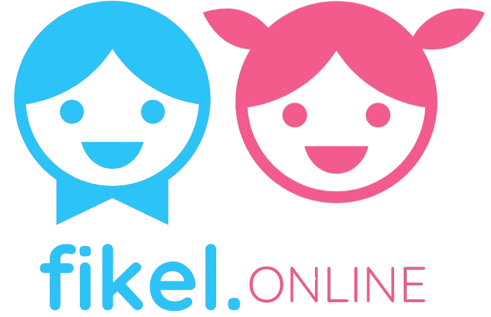There are over 100,000 children eligible for adoption in the US foster care system at any given time, as reported by the US Department of Health and Human Services. When combined with the additional children born into families unequipped to provide care, the demand for adoption appears substantial, suggesting a swift process. However, the reality is often different.
Brenda Retrum, the director of adoptive parent services at Adoption Choices & Surrogacy of Colorado, and a mother of two through adoption, notes that the waiting period for prospective adoptive parents varies significantly, ranging from two months to two years or more. Numerous factors influence the length of the adoption timeline.
Typically, the adoption journey commences with prospective parents attending pre-adoption information sessions, familiarizing themselves with their state’s adoption regulations, and selecting an adoption service provider, agency, or attorney to guide them through the process. This phase generally spans one to three months for most parents. Below is an outline of the typical timeline that hopeful adoptive parents can anticipate.
Initial 3 Months of Adoption Process
After deciding on the type of adoption (private, foster-to-adopt, or independent) and submitting an application, prospective parents embark on the paperwork phase. This includes a home study, state clearance paperwork, and, for those opting for a private agency adoption, a parent profile.
During these initial months, parents also establish an adoption plan, solidifying their preferences regarding the type of child they are open to adopting. This stage usually takes three to four months to complete.
The Adoption Network offers insights into the types of questions and information required during this phase. Typically, expect home visits, family interviews, and inquiries about family background, education, employment, relationships, finances, and past parenting experiences before becoming eligible for adoption.
In the case of a private adoption agency, once the paperwork and home study are finalized, a parent profile is created. This profile is presented to expectant parents. Retrum emphasizes the competitiveness of this step, suggesting that many parents enlist professional services to present themselves favorably. Currently, there are approximately 12 hopeful adoptive parents for every newborn available for adoption.
Subsequent Phases Beyond the Initial 3 Months
Following the completion of paperwork, the waiting period commences for the matching process. Depending on the chosen adoption type, prospective parents either review a list of waiting children or are selected by birth parents after reviewing their adoptive family profile.
Managing expectations during this phase is crucial, as it can be emotionally challenging. The process involves fluctuations between excitement and disappointment, as potential matches may not culminate in selection. Retrum advises families to emotionally prepare for this roller coaster.
It’s important to note that most documents completed during the initial phase, such as the home study, expire after one year. Hence, it is essential to stay updated by renewing them annually if the adoption is not finalized within a year of commencement, potentially prolonging the timeline.
Upon welcoming a child into your home or the birth of a matched baby, the next step involves petitioning for adoption. However, the adoption is not finalized immediately, as post-placement procedures are typically required, lasting between one and 18 months, depending on the state of residence.
Following the completion of all post-placement visits, a finalization hearing is attended to legally conclude the adoption process. This final step is relatively straightforward and usually lasts between 10 and 30 minutes, granting permanent legal custody of the adopted child to the adoptive parent(s).
Strategies to Reduce Wait Times for Hopeful Adoptive Families
Wait times are often influenced by the criteria set by prospective adoptive parents, such as preferences regarding race or gender. Retrum highlights that stricter criteria can prolong the process. Flexibility in aspects like race, gender, substance use history, medical background, financial considerations, and birth parent contact increases the chances of matching with children in foster care or being noticed by prospective birth mothers.
While agencies support families in their preferences, honesty is paramount to avoid unforeseen circumstances. Open communication ensures a suitable match for both the child and the adoptive family.
Coping Strategies During the Waiting Period
Foster-to-adopt organizations typically estimate a timeframe of six to 18 months, while private agencies suggest an average of nine to 24 months for the adoption process. International adoptions often require even more time.
It’s essential to acknowledge the realistic duration of the adoption process and understand that timelines can vary at each stage. Seeking guidance from experts tailored to your circumstances can provide clarity.
Utilizing available resources, such as support programs offered by agencies or communities, can alleviate the emotional toll of the adoption journey. Connecting with other parents who have undergone similar experiences can provide valuable support and reassurance. Retrum emphasizes the importance of maintaining communication with families throughout the process to offer continuous support.
Navigating the adoption process may present unexpected challenges and emotional fluctuations. Being prepared for a potentially lengthy journey is advisable, with any expedited progress serving as a pleasant surprise worth celebrating.

